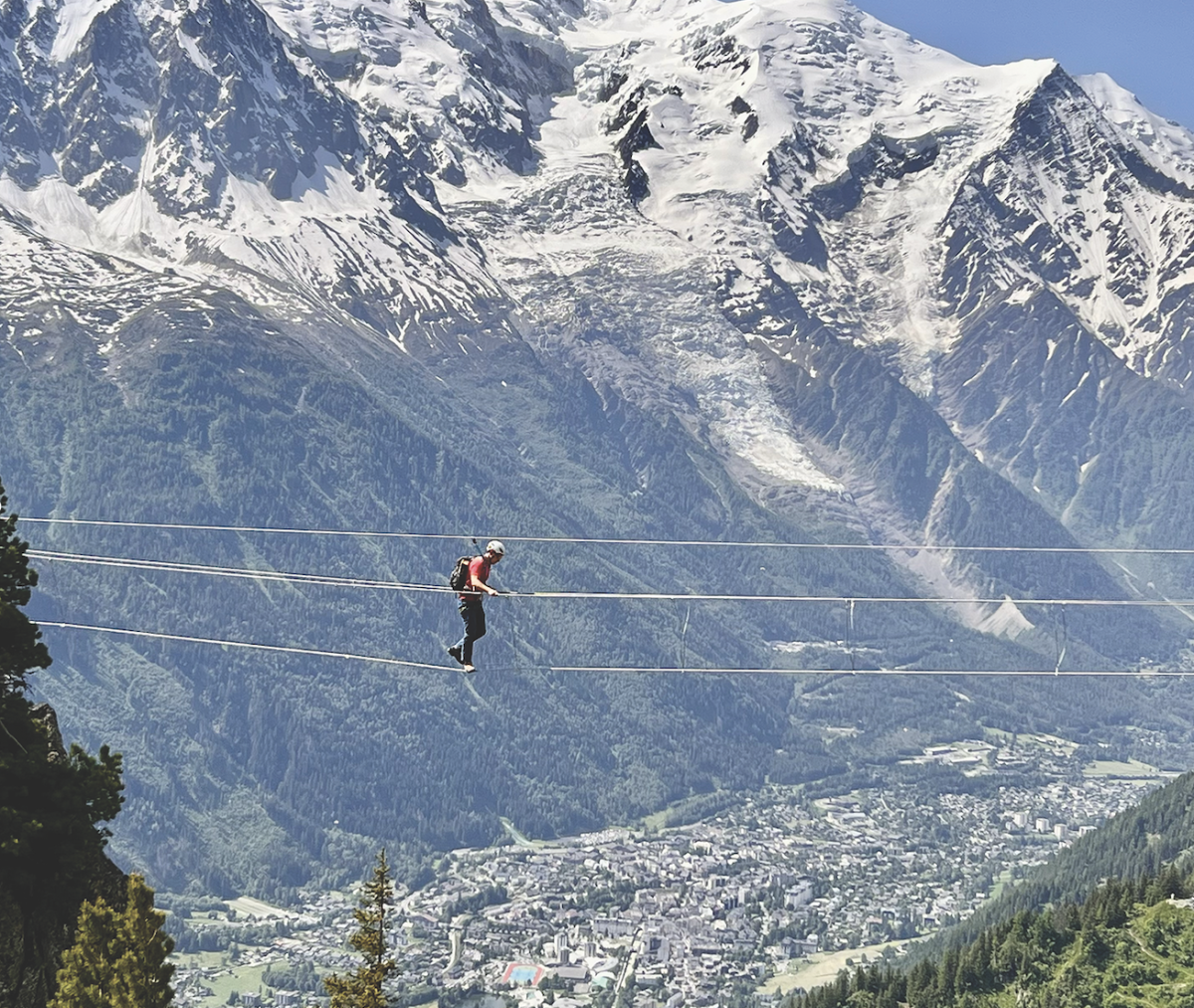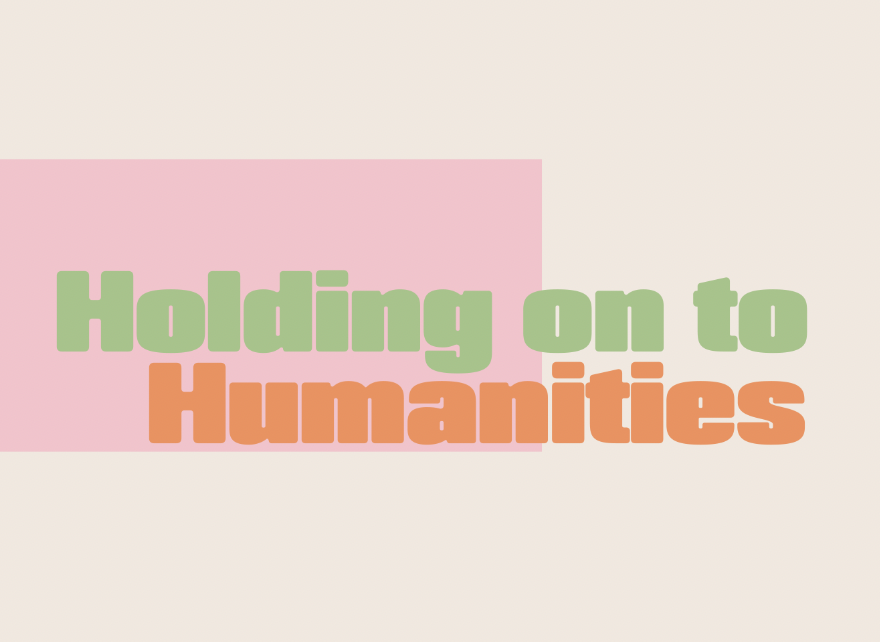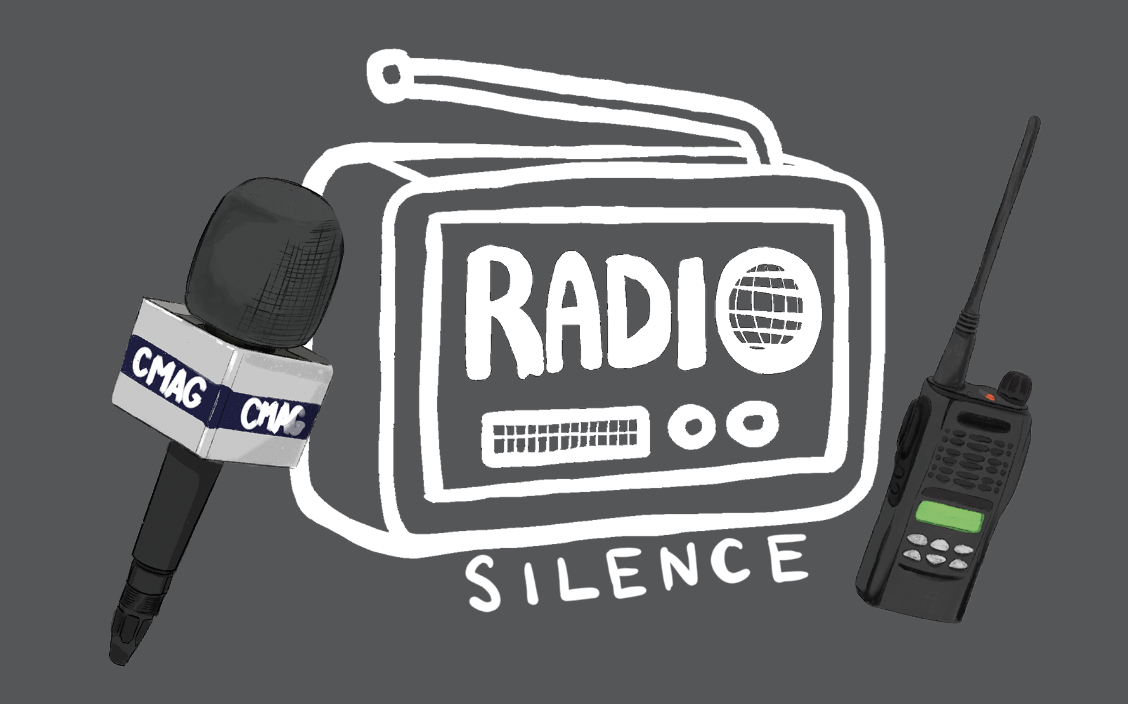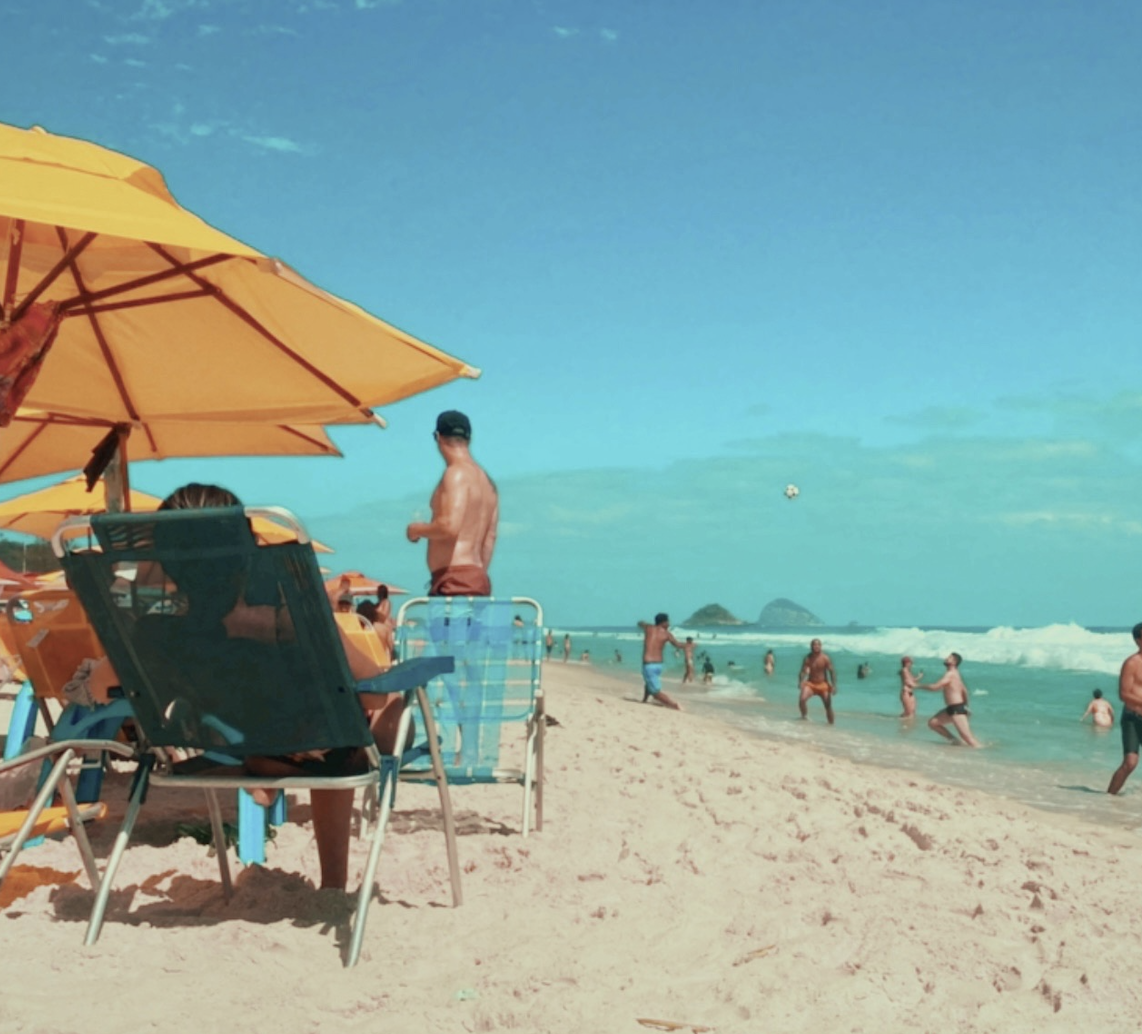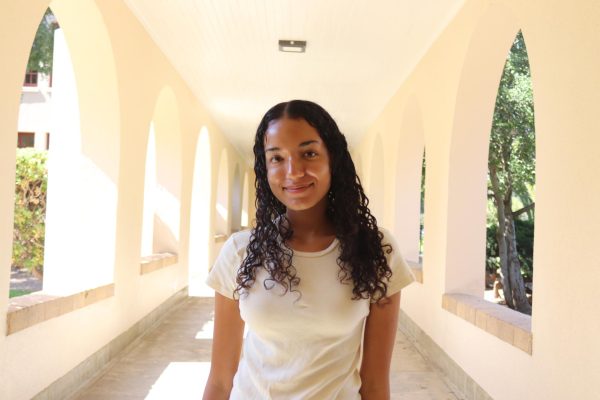In 2050, it is estimated that there will be more plastic than fish in the sea (by weight). By that same year, global temperatures are projected to increase by 1.5 degrees Celsius, increasing the frequency and magnitude of extreme weather events. In just 25 years, around 35% of existing wildlife could become extinct.
Hearing statistics like this is relatively common; it has been widely publicized that Earth’s climate is heading downhill with no foreseeable end. Climate scientists, researchers and news outlets all agree — climate change is real, and its consequences are imminent. Because much of the media we consume paints a picture of a point of no return, dread and anxiety about the planet’s future are more prevalent than ever.
As biologist and Stanford Professor Deborah Gordon highlights, there is no longer a threshold of climate change that we are waiting to pass — humans have breached any “point of no return” that once existed.
“The climate will never return to the conditions of 50 or even 20 years ago,” Gordon said.
For adolescents who spend much of their time on social media, an apocalyptic picture often takes shape, causing feelings of anxiety and dread. This phenomenon, called climate anxiety, is more prevalent than ever and has detrimental impacts on youth mental health.
According to a study conducted by the Pew Research Center surveying 13,749 adults who use social media, around 69% of Gen Z report they “felt anxious about the future” after seeing content addressing climate change. This is roughly 10% higher than Millennial users and around 20% higher than Gen X and Baby Boomers. Elsa Lagerblad, Paly junior and Head Chair of the Youth Climate Advisory Board, explains the root of this phenomenon.
“[Climate Anxiety is] definitely deeply connected to the rise of social media,” Lagerblad said. “People get really scared when they hear that their planet is burning. So along with the rise of social media, we’ve seen a rise in people consuming content that is … so bad for their sense of trust and faith in the future.”
In general, climate anxiety has seen a steady upward climb over the last decade. A 2021 survey by The Lancet demonstrates that nearly 60% of respondents aged 16-years-old to 25-years-old reported feeling “very or extremely worried” about the current state of climate change.
Dread is just one of the many symptoms brought on by climate anxiety. Director of Education in the Division of Geriatric Psychiatry at McLean Hospital, Stephanie Collier, stresses that climate anxiety can manifest in a range of ways.
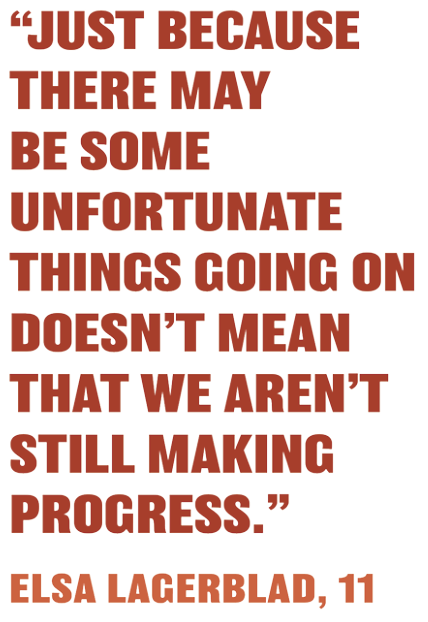 “Some people feel anger, some people feel guilt, shame or anxiety,” Collier said. “Of course, it can be physical. It can be thoughts that are racing and don’t let people sleep.”
“Some people feel anger, some people feel guilt, shame or anxiety,” Collier said. “Of course, it can be physical. It can be thoughts that are racing and don’t let people sleep.”
Despite its impacts on the body and the psyche, Collier highlights one key facet.
“Climate anxiety is not a mental illness and it doesn’t require treatment, but it is distress, and it’s related to something that’s real as well,” Collier said. “Generally, with anxiety disorders, anxiety sometimes can overwhelm a person so that they feel like they can’t take action.”
Large, intimidating statistics can be one trigger of climate anxiety that causes people to freeze.
“When it comes to having climate anxiety, it’s very common for it to make people freeze up, for one to have this action paralysis and to be almost jaded in a way of, ‘I can’t do anything that would actually have an impact,’” Davenport said. “There are eight billion people on the planet, yet there are thousands of thousands of billions of metric tons of carbon dioxide emissions happening every year.”
In addition to feelings of action paralysis, another side effect of climate anxiety is overall hopelessness, according to Davenport.
“The second effect that it has is that it [climate anxiety] can be very depressing,” Davenport said. “It can make you anxious.”
Collier explains that teenagers and women are the groups most impacted by climate anxiety, though all demographics show augmented numbers of people reportedly anxious about the future of the planet thanks to climate change.
While it may appear that the Earth’s future is dire, Palo Alto Student Climate Coalition Projects Lead Brendan Giang believes that we’re not yet near that point of no return.
“We have made a lot of progress right now, [but] is it enough?” Giang said. “We’re getting there, and we have made progress. We have realized that this [climate change] is an issue, and we have done things right.”
Laberglad agrees, emphasizing the contrast between progress and the harmful actions.
“There are a lot of big strides being made in the realm of climate advocacy and climate action,” Lagerblad said. “Just because there may be some unfortunate things going on doesn’t mean that we aren’t still making progress.”
Climate psychologist Leslie Davenport says that just over one decade ago, she realized how serious of an issue climate change was, and she decided she wanted to do something about it. Until that point, Davenport already had ample experience using psychotherapy — an emotion and behavior-based treatment plan often used to address mental illnesses — to treat patients. When she began to address climate anxiety with patients, it was a seamless transition.
“I looked at the things we’re already trained in, like working with grief and complex emotions, breaking through denial, supporting lifestyle change and facilitating conversations that can be difficult,” Davenport said. “I realized all of that is really applicable to working in any kind of climate change arena.”
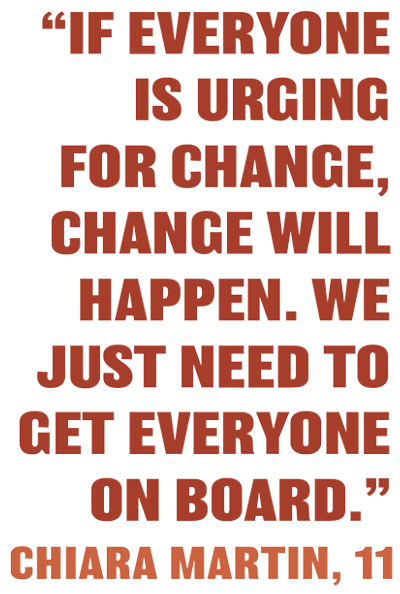 Through her work, Davenport attempts to help some of those who are anxious reduce feelings of action paralysis and become motivated. Some, like Lagerblad, find that climate anxiety is the motivation they need to get involved in the fight against climate change.
Through her work, Davenport attempts to help some of those who are anxious reduce feelings of action paralysis and become motivated. Some, like Lagerblad, find that climate anxiety is the motivation they need to get involved in the fight against climate change.
“It’s very easy [to experience climate dread], especially when you look at the news or social media — to see all these horrible stories about all the terrible things going wrong in our society,” Lagerblad said. “Climate anxiety is what drove me to join the Youth Climate Advisory Board. I used it to fuel my passion to make a change.”
On the other hand, Lagerblad echoes Davenport: climate anxiety can be overwhelming.
“I’ve met a lot of people in my work … that are very clearly suffering from climate anxiety,” Lagerblad said. “They have a lot of questions that they feel there aren’t enough answers to. And for them, it can be really difficult … to take action when they need to.”
However, though it’s hard to take action, climate anxiety can be manageable — here is how Collier believes we can work to deal with it and get out of the constant cycle of hopelessness.
“The treatment would be to take action so that the person feels like they’re doing something in line with their value system and that they’re actually contributing in a positive way,” Collier said.
Compared with older generations, Gen Zers and Millennials are talking more about the need for action on climate change. In fact, while a majority of climate-engaged social media users report feeling angry that not enough is being done, large shares also report feeling “motivated to learn more and confident in the ability to reduce the effects of climate change,” according to a study by the Pew Research Center.
Students have taken many paths towards combating this anxiety, including reposting positive movements and action on social media. There are benefits to having access to media, as junior Chiara Martin explains.
“[Posting on social media] spreads consciousness … so others might feel morally obligated to do environmentally conscious activities,” Martin said.
While some may assume that social media purely depicts the negative side of the climate, many Paly students are exposed to positive media. A new genre of social media known as ‘hopecore’ is growing in popularity.
Hopecore is defined as a genre of videos that invokes a feeling of hope, glee and positivity in its viewers. According to a 2025 article from Saas Magazine, hopecore is a positive mindset that helps viewers navigate challenges and reduce stress levels associated with these challenges.
Junior Nalani Walsh says that hopecore videos are created from a less attention-seeking perspective than other inspirational videos, which gives them a more impactful and personalized feel. Walsh also highlights that hopecore videos can inspire hope and faith in the general population, which can ultimately lead people to take action.
“‘Hopecore’ videos inspire faith in humanity and show teens who easily get lost in the negativity and comparative aspects of social media that reality has more to offer than you may think,” Walsh says.
According to junior Cailey Quita, these videos also act as a tool to motivate viewers.
“[Hopecore videos] shift the focus from fear to action — instead of feeling overwhelmed, viewers can see real world examples of progress and advancements,” Quita said. “They provide a hopefulness for the future, showing that solutions exist and that individual and group actions do have results to empower people to act.”
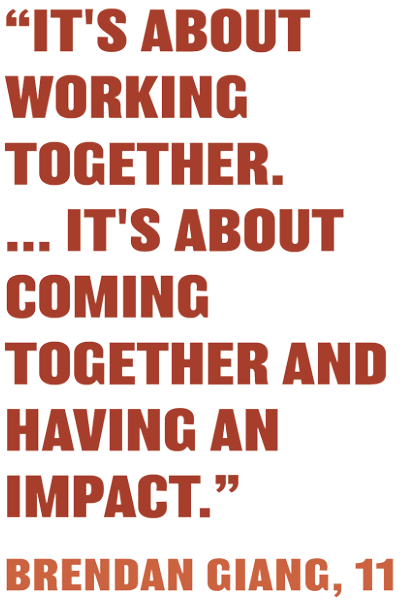 Exposure to positive movements such as hopecore videos can propel communities to implement the same procedures. As English zoologist and activist Jane Goodall writes in her book “The Book of Hope: A Survival Guide for Trying Times”, “Hope is contagious. Your actions will inspire others.”
Exposure to positive movements such as hopecore videos can propel communities to implement the same procedures. As English zoologist and activist Jane Goodall writes in her book “The Book of Hope: A Survival Guide for Trying Times”, “Hope is contagious. Your actions will inspire others.”
As Goodall explains, change begins with small actions that get repeated by increasing amounts of people. This is why Martin believes raising awareness is so vital — to broadcast the message over a larger expanse.
“If everyone is urging for change, change will happen,” Martin said. “We just need to get everyone on board.”
In accordance with Martin, Gordon alludes to the importance of action.
“It’s really important to understand that everything that we do helps and that there’s never a moment where we should just give up and say it’s too late,” Gordon said.
According to the New York Times, if every American cut 10 percent of their car usage a year, it would prevent roughly 110 million metric tons of carbon dioxide from entering our atmosphere. This is just one example of climate activism possible in many people’s day-to-day lives. According to Laberglad, making these daily shifts can wind up having a bigger, positive impact on the environment than some presume.
“I’ve become a lot more conscious about how I get around the city,” Lagerblad said. “I’ve opted not to drive, even when it is somewhat of an inconvenience, and instead use public transit, because we have such awesome electric public transit in the bay that I think it would be such a waste to not take advantage of it.”
Of all the ways to reduce the impact of climate change and therefore counter climate anxiety, there is a common denominator — actually taking action. Giang elaborates on other things that can be changed about our everyday routines.
“Let’s not buy from these fast fashion brands,” Giang said. “[Let’s] re-wear the clothes that [we] have more often, and stop to think before [we] buy plastic water bottles … or choose organic produce.”
Giang also emphasizes the power and importance of community when making a change.
“It’s about working together,” Giang said. “It’s about coming together and having an impact. We don’t have to leave climate change up to the politicians at the global conventions and … fusion scientists … if every person just does their small part.”
As climate anxiety becomes more and more prevalent, students like Martin find it imperative to take action and attempt to conquer this anxiety with tangible change.
“We can’t predict the future,” Martin said. “All you can think about is what you’re doing now.”


